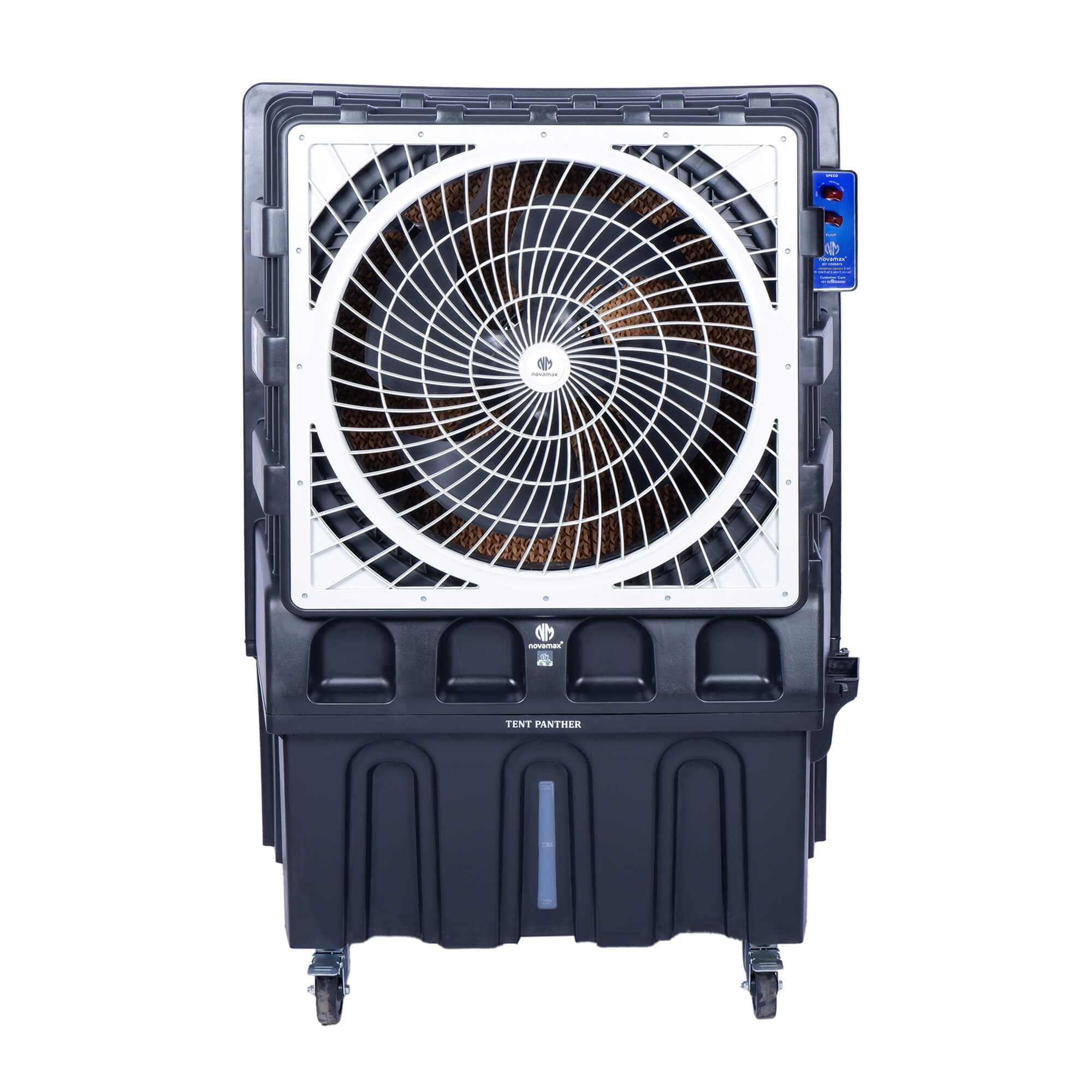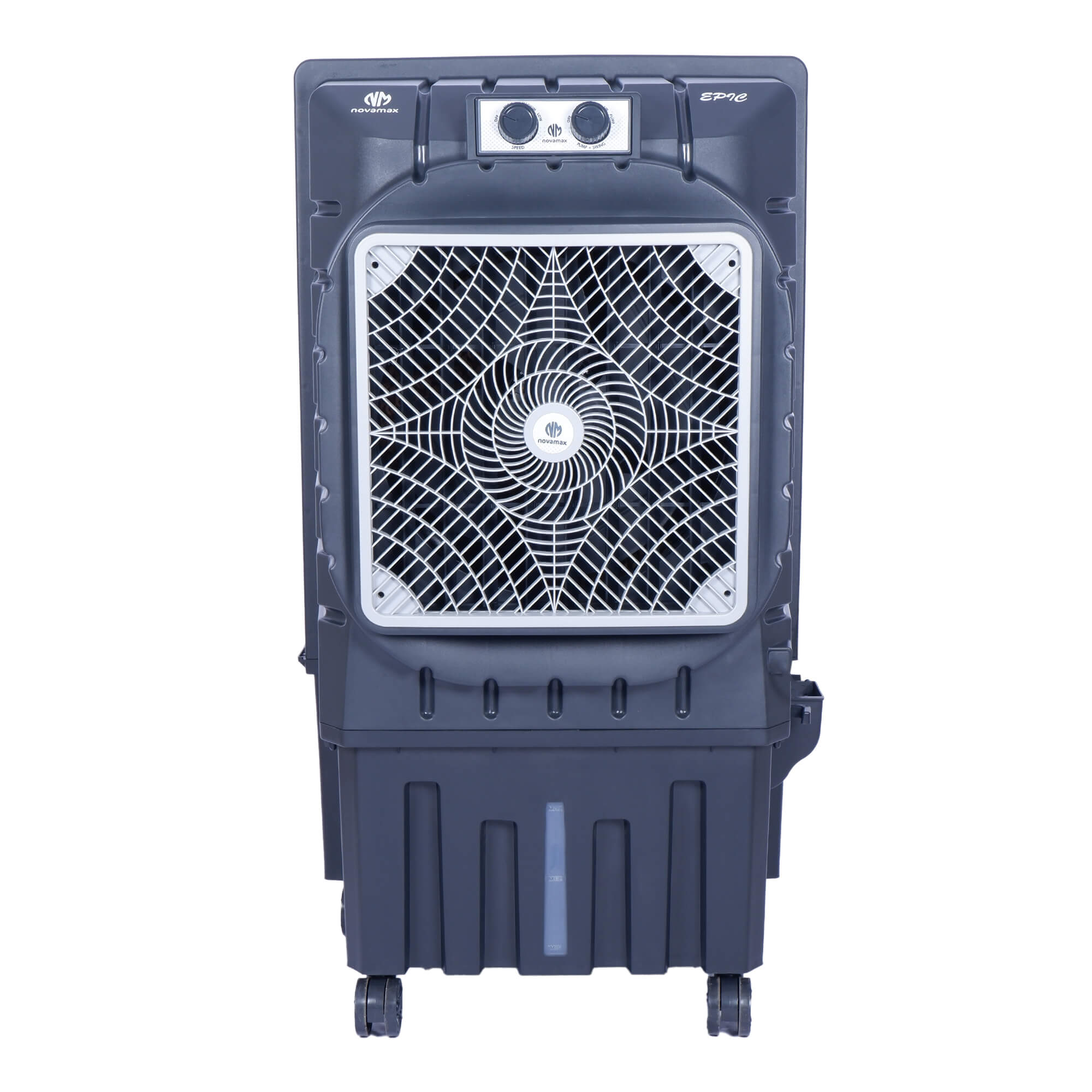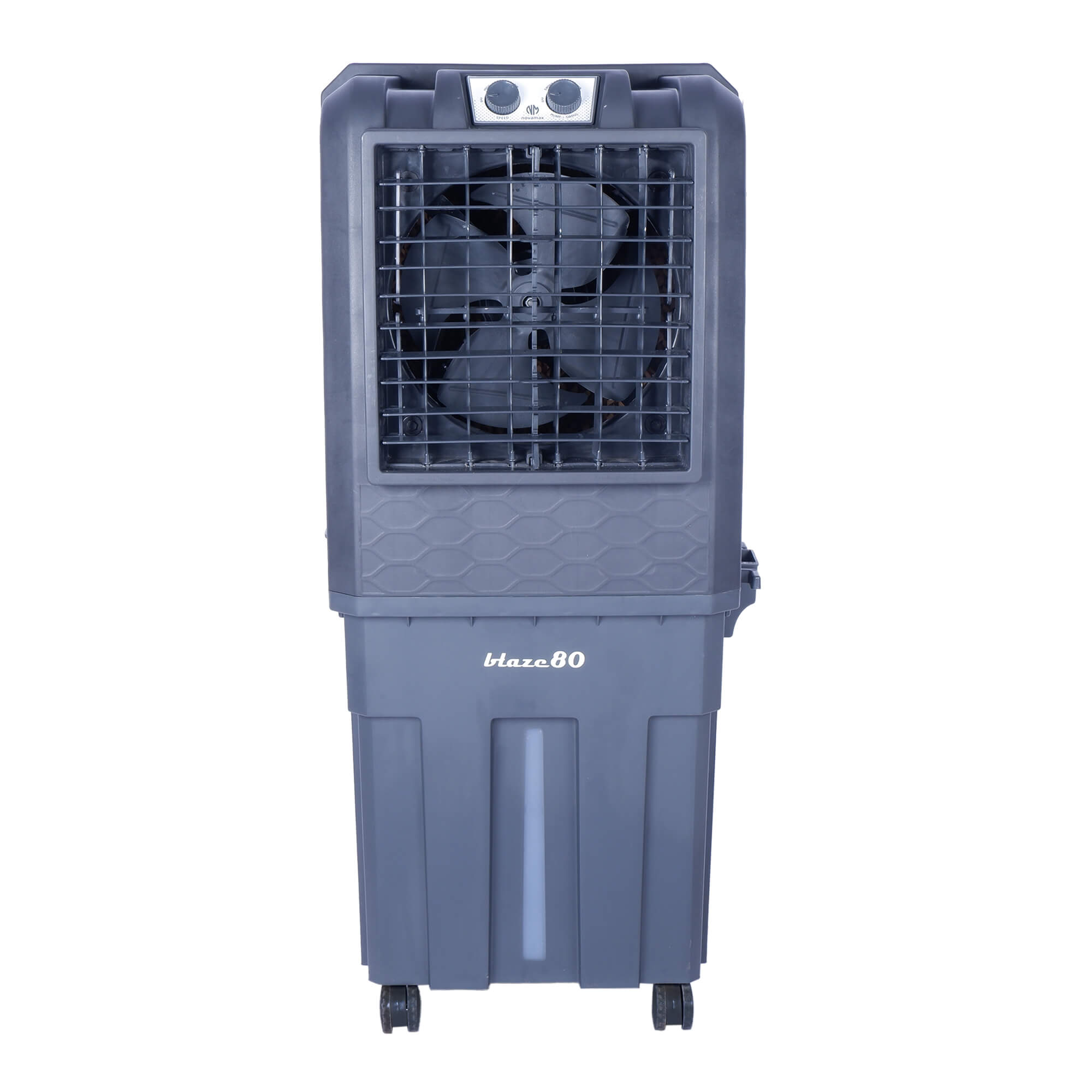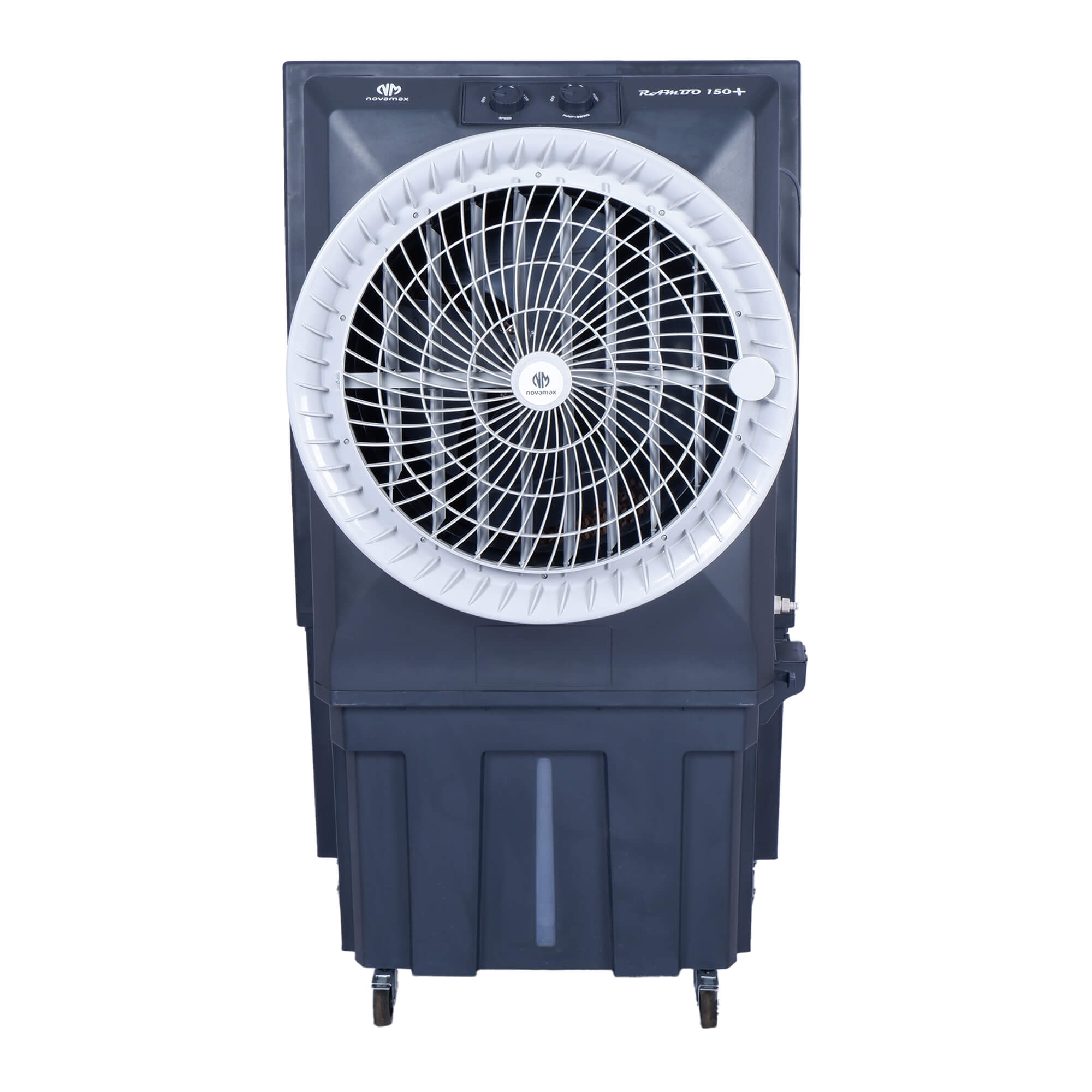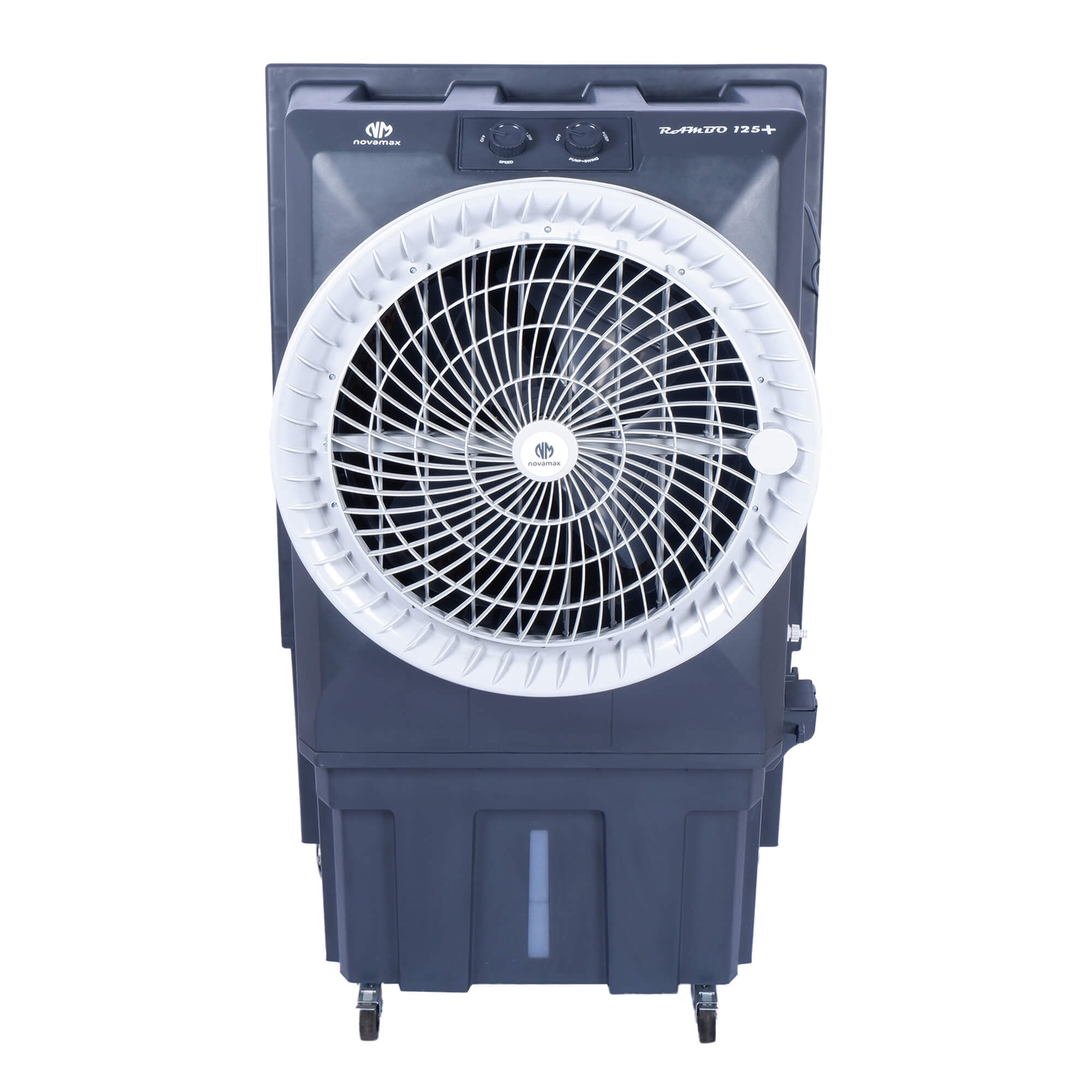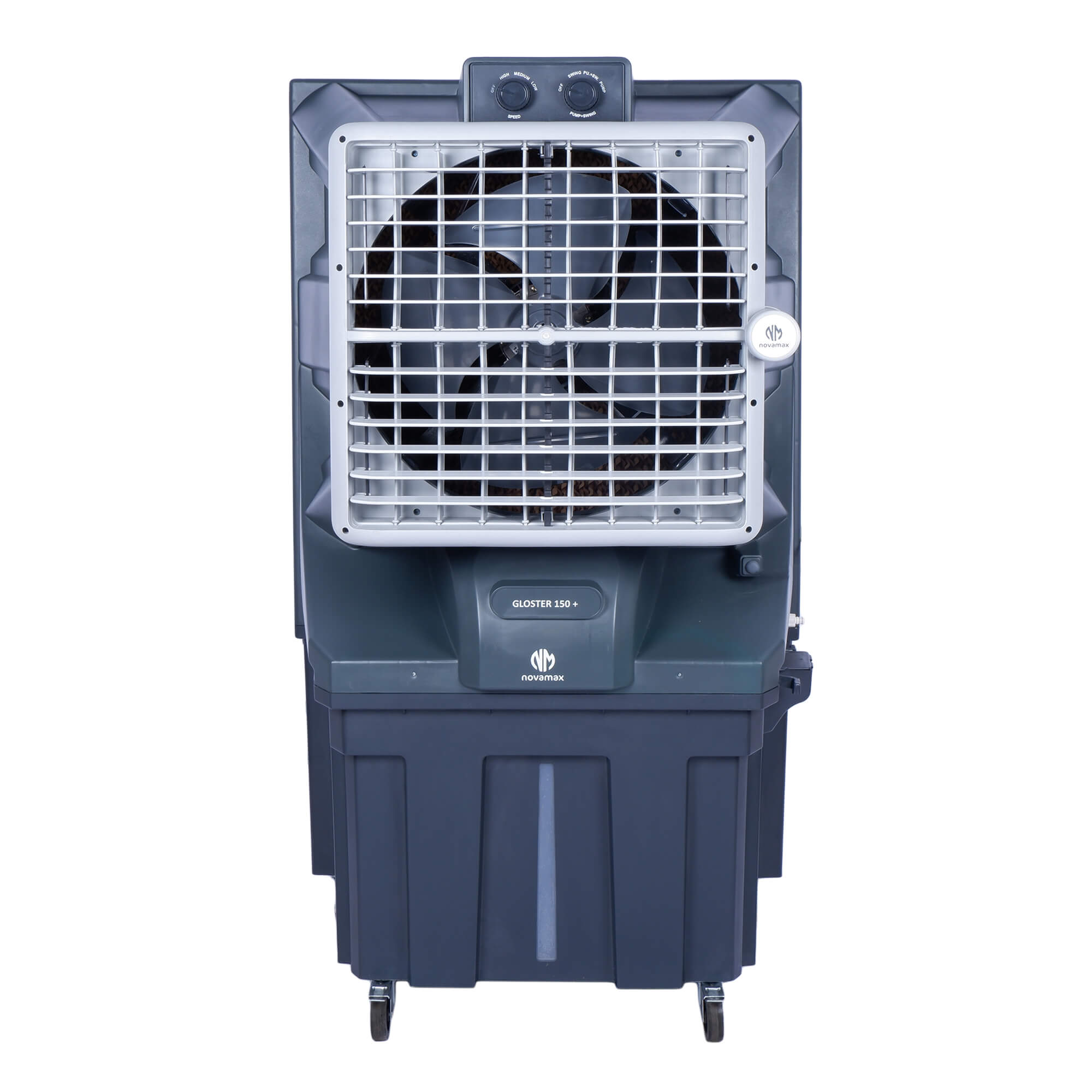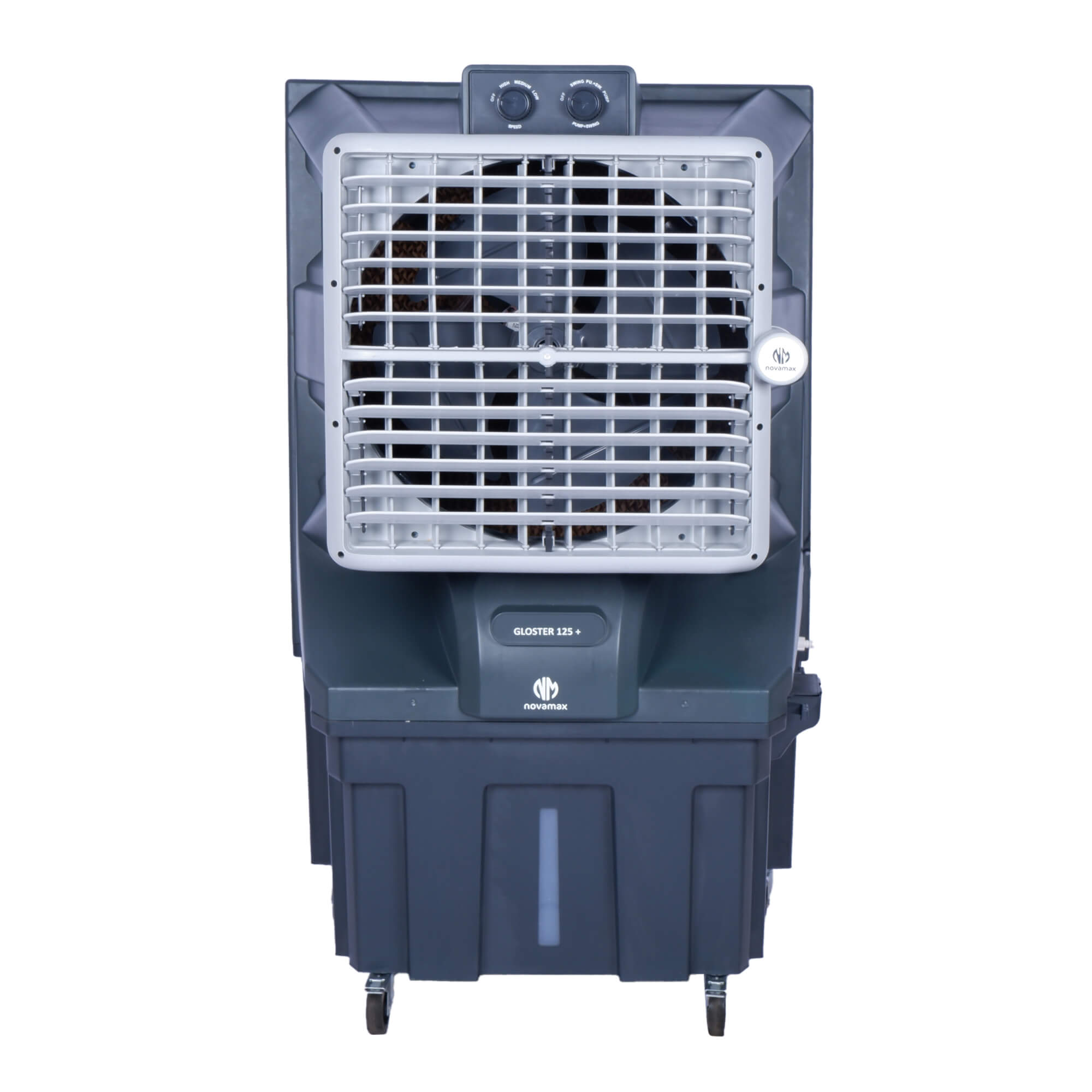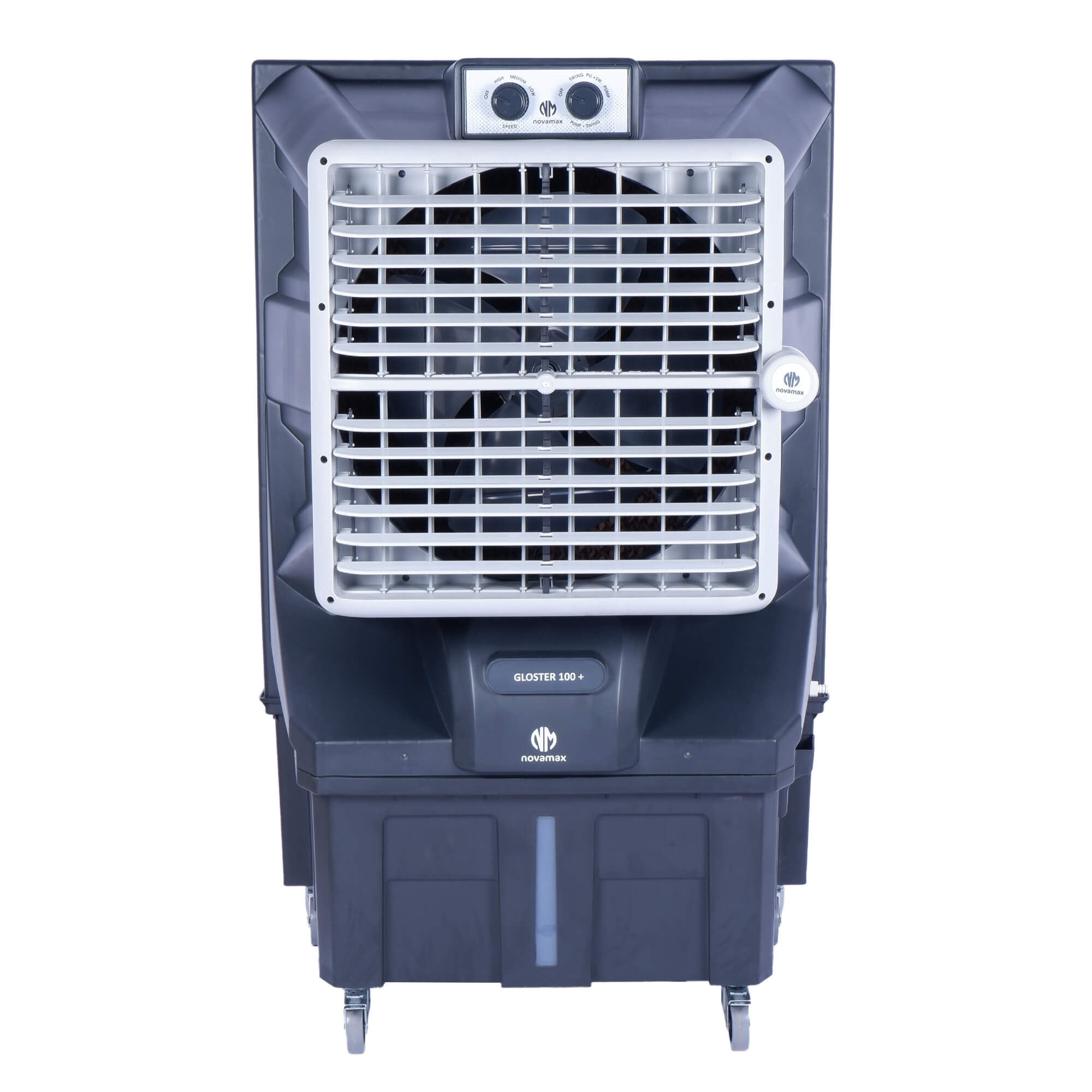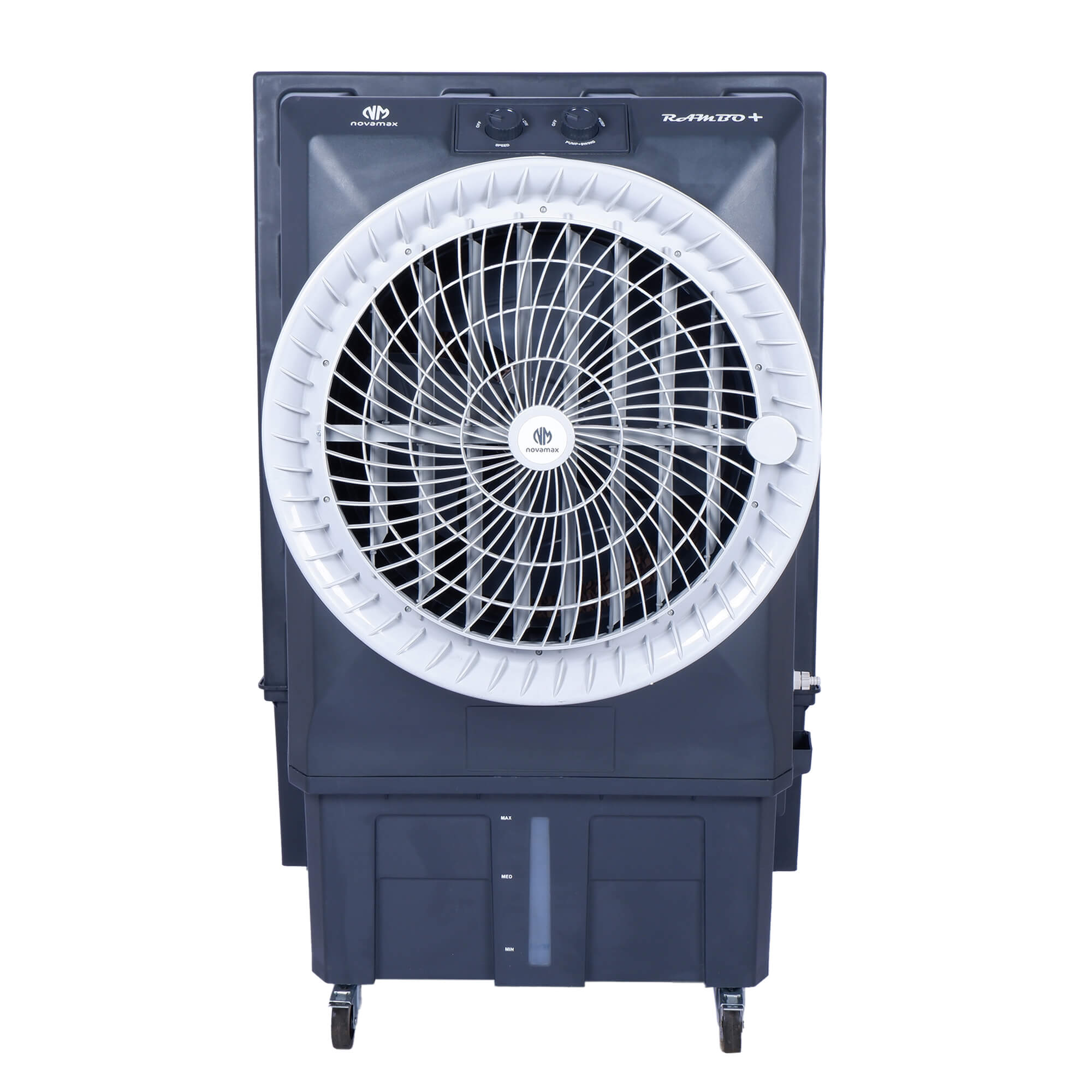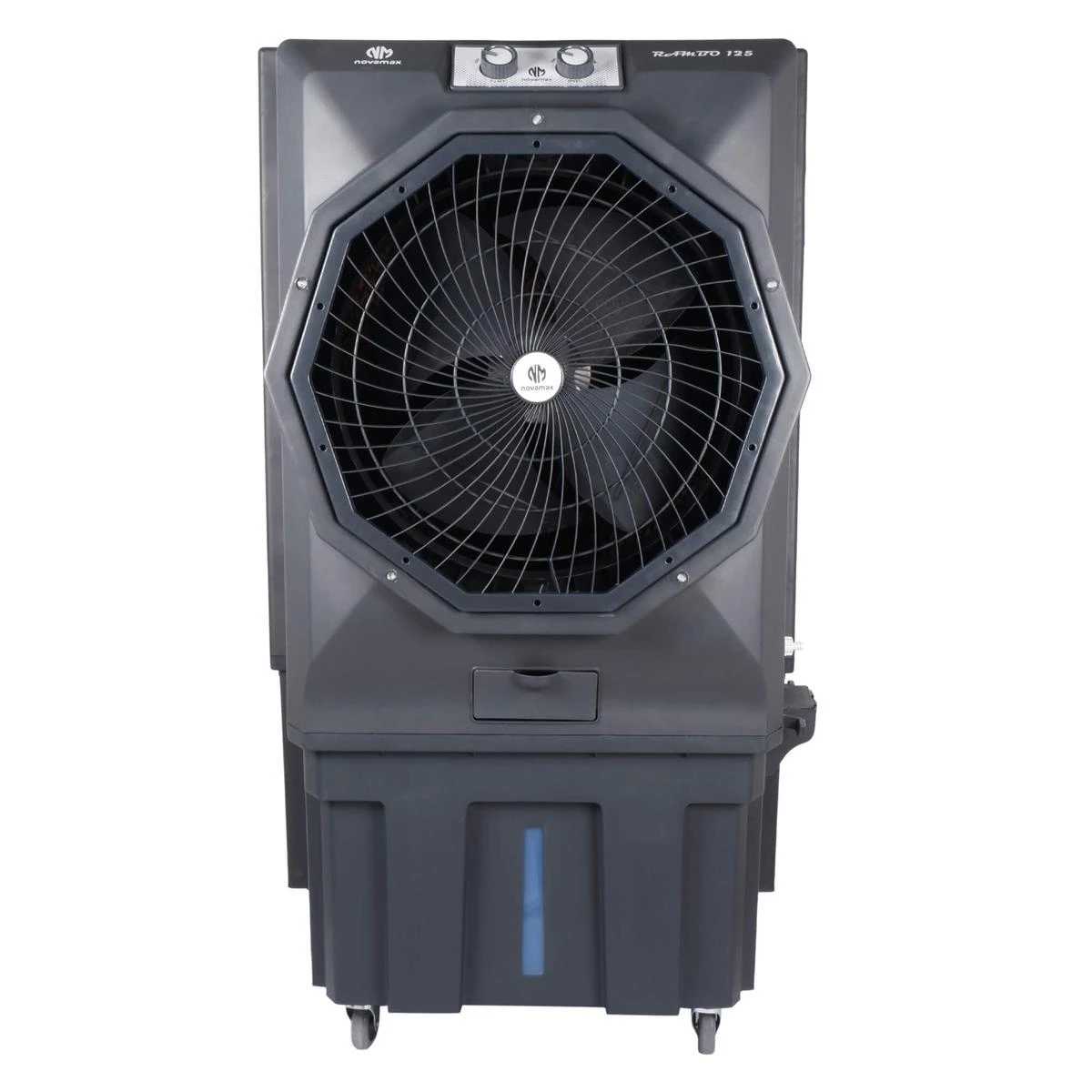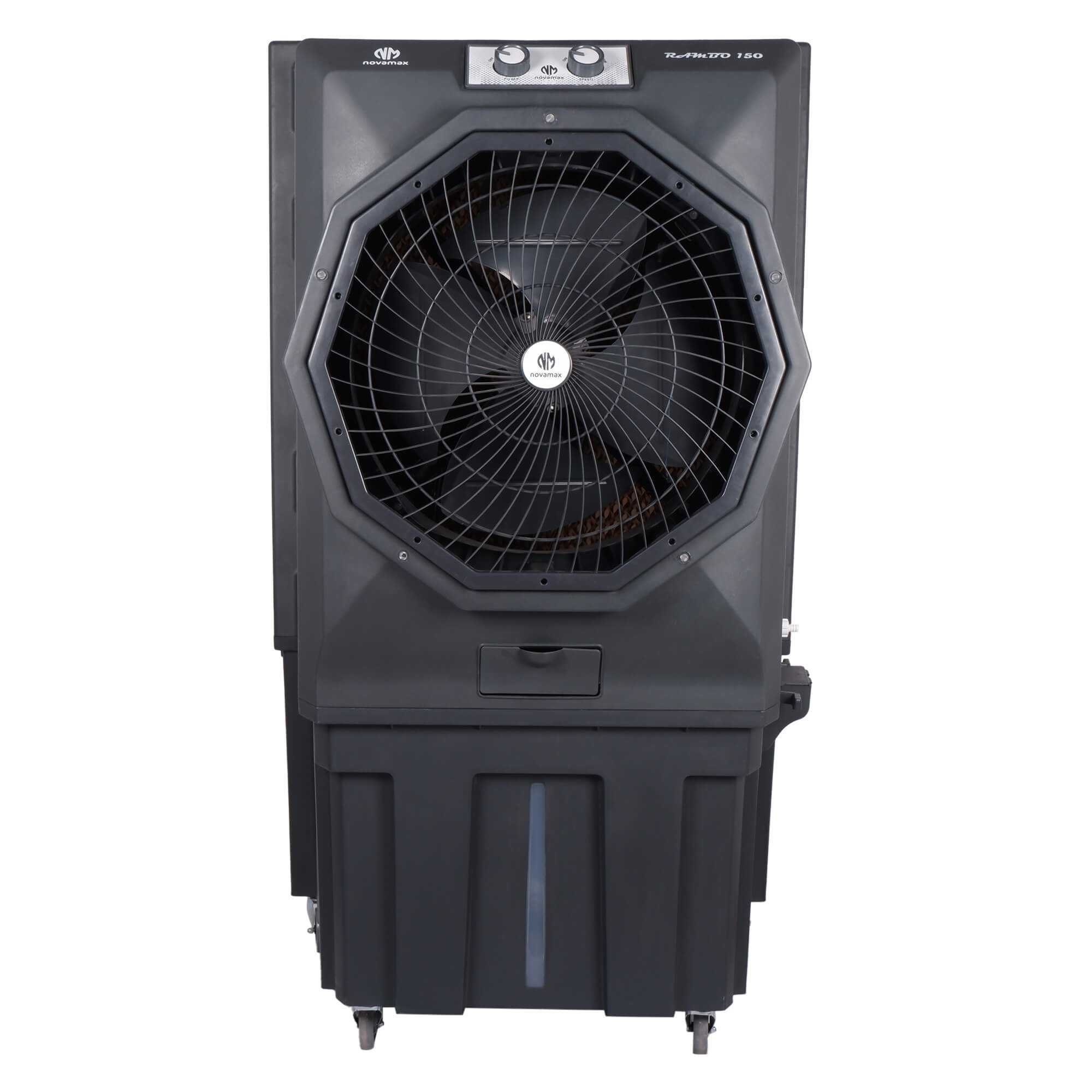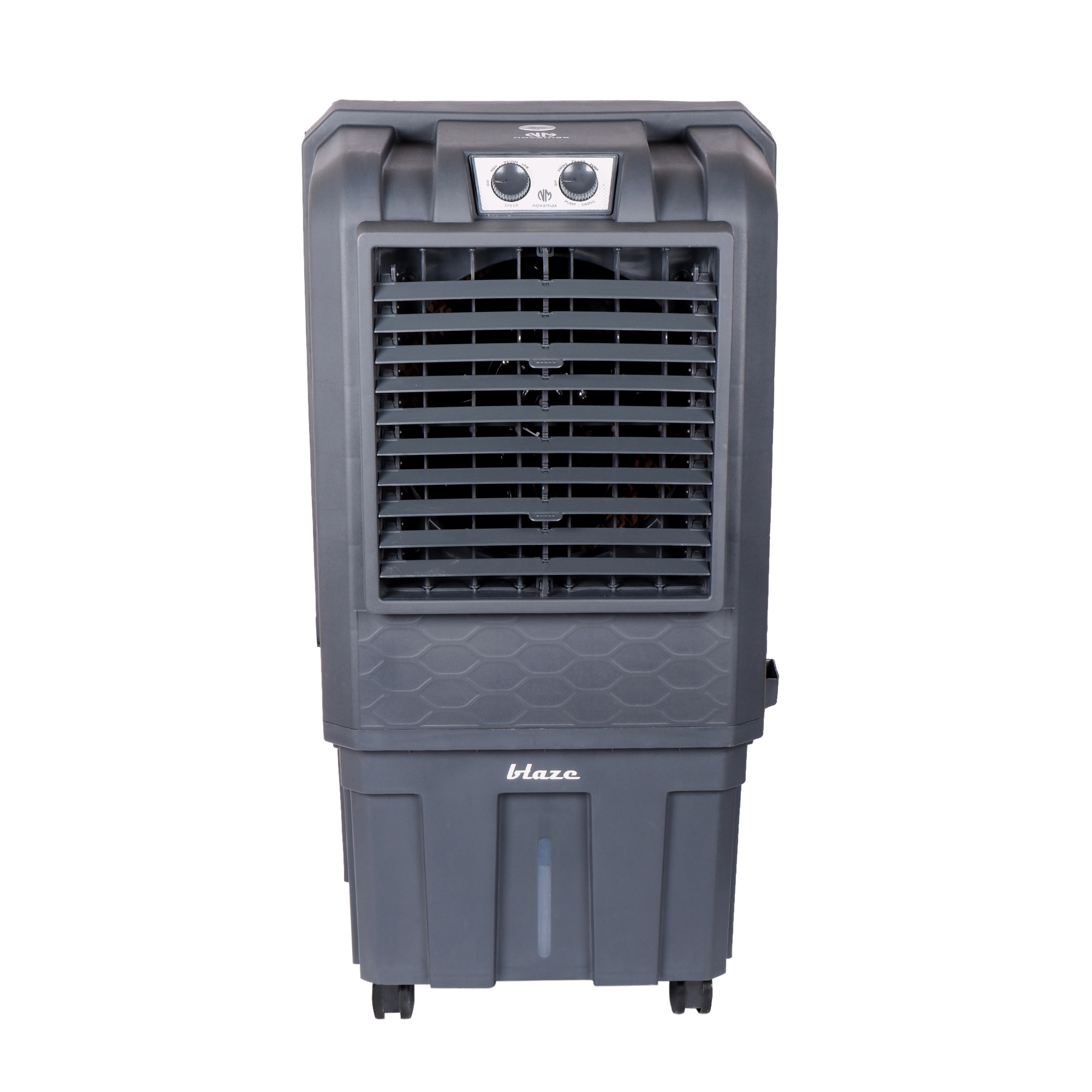
Can You Use an Air Cooler in a Closed Room?
How Air Coolers Actually Work (Hint: It’s Not Like AC)
Before we jump into what works indoors, let’s bust a myth I hear way too often: “My cooler doesn’t cool the room like an AC does.”
Of course it doesn’t. It’s not supposed to.
Air coolers use evaporation, not refrigerant. They pull in hot air, pass it over water-saturated pads, and blow out cooler, moisture-rich air. It’s like standing near a waterfall—or more accurately, like catching a monsoon breeze in May.
That’s why ventilation is crucial. Unlike air conditioners that recycle and cool the same air, air coolers need fresh air to keep working efficiently.
Using an Air Cooler Indoors: What Actually Works
In my experience, many people use air coolers indoors without knowing how to make them effective. Here’s what I’ve seen work in countless homes, hostels, and even small cafés:
Create an Exit for Hot Air
Using an air cooler in a closed room without ventilation is like baking in a steam room. I once visited a client in Nagpur who had sealed every window shut thinking it would “trap the cool.” Instead, it trapped warm humidity. Yikes.
What to do instead?
Open a window on the opposite side of the cooler. Just a crack is enough to let hot air escape and keep the airflow dynamic.
Place the Cooler Smartly
Position your cooler near a window or door where it can draw in dry air. Think of it as giving it a snack it actually likes. Avoid placing it smack in the middle of a fully enclosed space.
Real-world example: One of our café clients in Indore moved the cooler from the back wall to the front entrance (next to a partially open door), and their customer complaints about heat dropped by 80%.
Use Ceiling or Exhaust Fans
To help circulate air properly, pair the cooler with a fan. Ceiling fans help move the cool air around, and exhaust fans can pull out humid air effectively. It’s like giving your cooler a wingman.
Why Air Cooler Ventilation Is a Dealbreaker
Let’s dive deeper into why ventilation matters when using an air cooler indoors.
Without ventilation, here’s what happens:
Humidity levels rise rapidly
Cooling efficiency drops
You start sweating even more
Mold can grow (no thanks)
I once worked with a home office setup where three team members were using a cooler in a room with no ventilation. By 3 PM, the walls were sweating, the laptop keys felt sticky, and the team was more frustrated than cool. We simply installed a small window vent and placed the cooler near it. Within 48 hours, the difference was night and day.
Signs You’re Using an Air Cooler Wrong Indoors
A little self-check never hurts. If you’re doing any of the following, your cooler might be crying for help:
Room feels muggy instead of breezy
Water in the cooler finishes way too fast
You need to keep increasing the fan speed
You’re not feeling cooler even though it’s running
These are tell-tale signs your air cooler closed room setup needs a tweak—primarily with ventilation.
Quick Tips to Use Air Cooler Indoors (The Right Way)
Let’s round things off with a practical checklist:
Open a window or vent slightly to let hot air escape
Place cooler near a window (not in the middle of the room)
Don’t seal the room completely
Add a ceiling or exhaust fan to boost air circulation
Regularly clean pads to prevent mold and improve cooling
Use ice water for a temporary cooling boost
Bonus Insight: When Can You Close the Room?
Alright, for those asking, “What if I have to use it in a closed room?”—say, for security or privacy reasons?
There’s a little workaround I’ve seen work in tech offices and hospitals:
Install a duct or small exhaust fan. This maintains some airflow without leaving doors or windows open all the time.
It's not ideal, but it's a smart compromise if you're determined to keep things locked up.
Conclusion: Use It Smart, Breathe Easy
An air cooler can work beautifully indoors—but only if you understand its limitations and use it right. A closed room doesn’t have to be a dealbreaker, but if you ignore ventilation, you’re just circulating warm, damp air. Trust me, I’ve walked into too many homes where people were puzzled why their cooler made them sweat more.
So here’s the deal: create a cross-breeze, give your cooler room to breathe, and let it do what it was designed for—evaporative magic. Whether you’re cooling your bedroom, study, or small studio apartment, make ventilation your best friend.
And hey, if you're tired of battling heat and confusion, check out models that are optimized for indoor cooling with better airflow control. Many of my clients have found life-changing results by just switching the placement or opening a small window crack. Tiny tweak, big payoff.
Looking for expert help choosing the right air cooler or maximizing your indoor cooling game? Drop your questions in the comments or reach out—we will be happy to help you stay cool without breaking a sweat (or a window).
Let’s make every breeze count.
